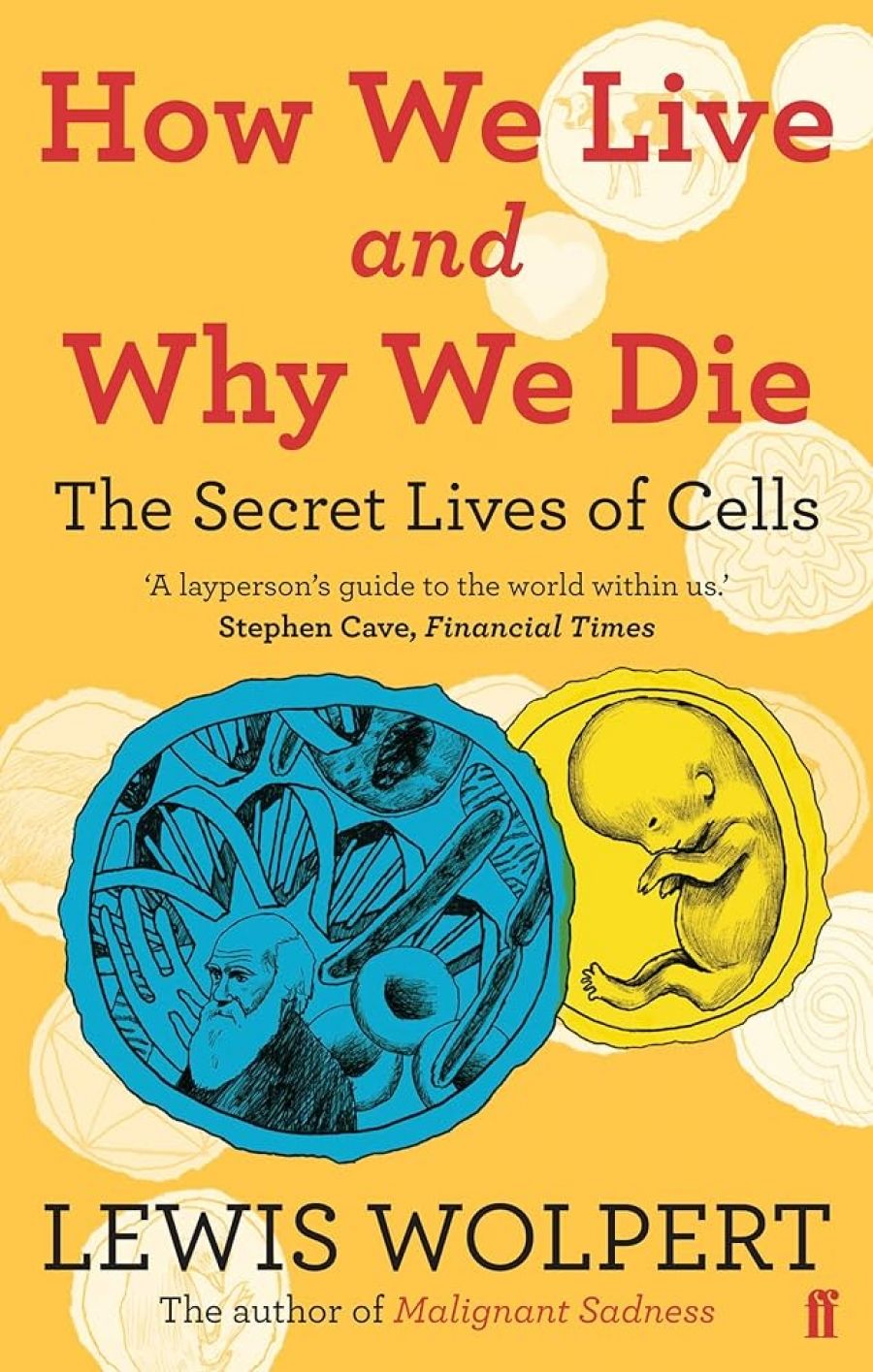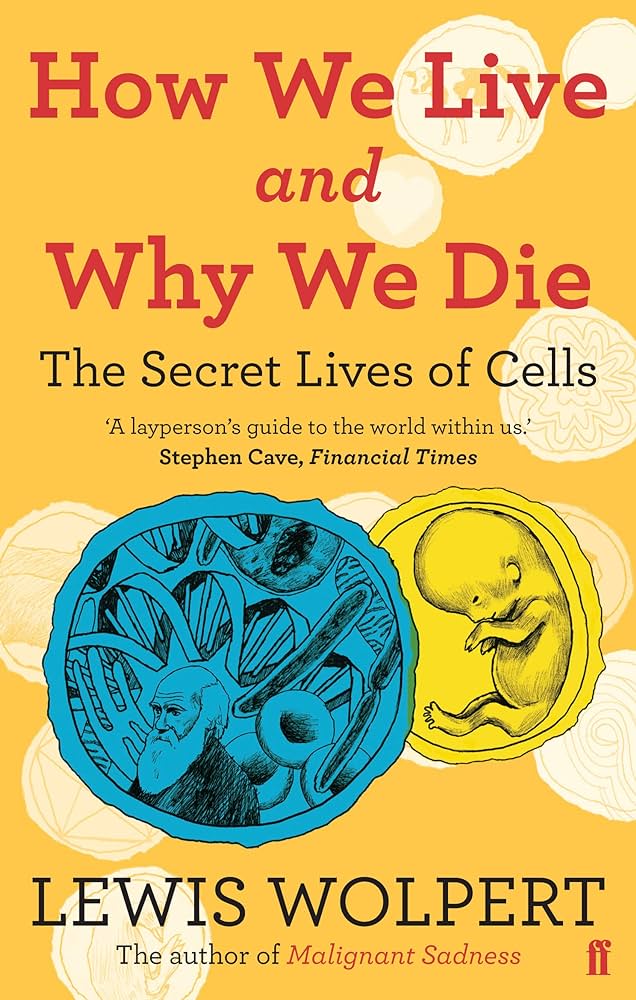
- Free Article: No
- Contents Category: Science and Technology
- Review Article: Yes
- Article Title: A thing almost incredible
- Online Only: No
- Custom Highlight Text:
All living organisms are made of cells. Some, like bacteria, consist of just single cells; others, like humans, contain trillions of individual cells. The term ‘cell’ was first used in this context by the remarkable Robert Hooke in his beautifully illustrated masterpiece Micrographica: or some Physiological Descriptions of Minute Bodies made by Magnifying Glasses with Observations and Inquiries Thereupon (1665). Hooke had been observing a thin slice of cork under his newly developed microscope. These cells were ‘[the] first microscopical pores I ever saw, and perhaps, that were ever seen, for I had not met with any Writer or Person, that had made any mention of them before this.’ He then showed why:
- Book 1 Title: How We Live and Why We Die
- Book 1 Subtitle: The secret lives of cells
- Book 1 Biblio: Faber and Faber, $39.99 hb, 240 pp, 9780571239115
- Book 1 Cover Small (400 x 600):

- Book 1 Cover (800 x 1200):

In 1839 German microscopist Theodor Schwann formally proposed that cellular structure underlies all living matter. By the end of the nineteenth century, so-called ‘cell theory’ had become the mainstay of biological research. Yet the generation and function of the different cell-types that comprise a complex multicellular organism remained mysterious.
The early microscopists realised that understanding the orderly transformation of an egg into an embryo would be crucial in reconciling two apparently contradictory features of cells: on the one hand, most cells contain similar subcellular components; on the other, muscle cells are clearly different from skin cells or brain cells, for example. Consequently, during the twentieth century, the burgeoning fields of cell biology and developmental biology cross-fertilised each other to an extraordinary degree. Much of the progress followed the introduction of dramatic new technologies, especially powerful microscopes that allowed cells and their internal structures to be viewed at magnifications more than a thousand times those available to Hooke and Schwann.
Lewis Wolpert, born in 1929, has been an influential contributor to understanding embryonic development and was made a Fellow of the Royal Society (the scientific equivalent of a knighthood) in 1980. In the 1960s he proposed his ‘French Flag Model’, which set out in theoretical terms how part of a growing embryo could regulate its own development. His work culminated in a highly regarded textbook, Principles of Development (2006).
Alongside his laboratory-based research, Wolpert has been a leading figure in bringing science to the British public. He chaired the influential Committee on the Public Understanding of Science during the 1980s, he is currently a vice-president of the British Humanist Association, and he appears widely in the media commentating on the role of science in society. However, Wolpert’s most significant output in this domain is his books.
The best known of Wolpert’s popular science books are probably The Triumph of the Embryo (1991) and Malignant Sadness: The Anatomy of Depression (2006), the latter based in part on his own experiences. In his new book, How We Live and Why We Die: The Secret Lives of Cells (2009), a direct descendant of The Triumph of the Embryo, Wolpert aims to explain the intricate mechanisms that allow cells to differentiate from a single fertilised egg into all their various types, how they stay alive, grow, communicate with one another and ultimately die. It is a daunting task. Wolpert is correct to assume that we would be better placed to understand our own bodies and their responses to the myriad of things that challenge them if we knew more about the operations of our cells. Unfortunately, I doubt that most general readers will gain much from this book other than confusion and frustration.
The overall organisation of the chapters is fine, with titles promising answers to ‘How Our Cells Are Replaced’ and ‘How We Become Human’. However, all too often the text rambles with switchbacks, asides, repetitions, non sequiturs and unexplained technical terms. Perhaps worst are the mixed or ill-chosen metaphors that do nothing to aid the still largely uninformed reader. For example, the section telling us how genetic material gets redistributed when one cell divides into two prompts allusions to Christmas crackers, individuals being towed along a railway line and balloons being constricted by string.
There is a real need for a lively, informative, popular reference on modern cell biology (even Wikipedia is poor here), and I would have expected Wolpert to deliver it. Several features of the book have let him and the reader down. First, the lack of a firm editorial hand is striking. It is as though Wolpert has tried to explain everything, as in a textbook, rather than focus on some key elements. More important is the lack of supporting material. There is no glossary, a pathetically inadequate bibliography and, almost unbelievably in a field that has relied so heavily on visual information, not a single illustration. The old adage of the worth of some decent pictures could have solved a multitude of problems in this book. I am sure Hooke would have agreed.


Comments powered by CComment